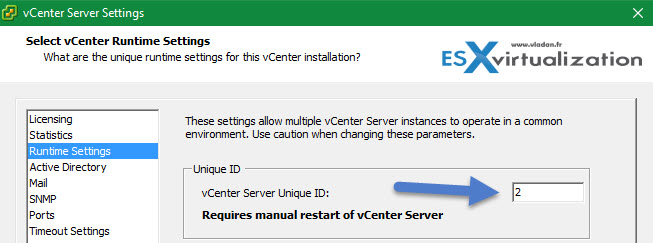- Vmware Mac Address Automatic Vs Manual Car Battery Charger
- Vmware Mac Address Automatic Vs Manual Transmission
- Automatic Vs Manual Racing
- Automatic Vs Manual Which Is Faster
Setting a MAC address manually on a VMware ESX virtual machine. Manual MAC address for a VMware guest Rickard Andersson. Auto-populated MAC address and NOT the.
- You can manually assign a MAC address to a virtual machine. You might want to assign a MAC address to guarantee that the same address is assigned to a virtual machine every time it powers on, even it is moved, or to be sure that a unique MAC address is provided for each virtual machine in a networked environment.
- MAC Addresses are created by using three parts, the VMware OUI, the SMBIOS UUID or the unique ID of the host and a hash based on the name of the entity that the MAC address is being generated for. For more information on MAC Address Generation, see: ESX 2.5 and earlier - See Setting a static MAC address for a virtual NIC.
I wish to distribute a VMWare VM for users (who are technically challenged and unable to install a complex product). Users may run several instances of the VM in their environment, so it's essential that each VM have NIC's with unique MAC addresses.
Is there a way to distribute the VM in such a way that on first boot if forces new MAC addresses onto the NIC's?

If users just add the VM to their inventory and select 'moved' instead of 'copied' then they get the same MAC's (I believe).
Vmware Mac Address Automatic Vs Manual Car Battery Charger
I'm using VMWare WOrkstation 12 in case that matters.
Vmware Mac Address Automatic Vs Manual Transmission
 TSGTSG
TSGTSG1 Answer
The canonical 'correct' way to distribute VM images for VMware vSphere is to distribute .ova files created using ovftool, and then use the vSphere GUI to install the .ova file. This automatically distributes a 'copied' version of the virtual machine that has a different MAC address when deployed. However, there is a way to do the job if you're going to instead distribute a zipped up VMware Workstation directory. What you need to do is, immediately before you zip up the directory, is first copy the .vmx file someplace else. Then edit the vmx file and look for a line that looks like
Remove that line from the vmx file.
Then zip it up and distribute it. That should give you copy of the virtual machine that does not have a built in MAC address and that should generate a new MAC address upon deployment. (This is assuming a VM with a single Ethernet interface). Then copy the original .vmx file back into place.
Note that for certain operating systems, such as Red Hat Enterprise Linux 6, there are udev rules that tie a specific Ethernet interface to a specific MAC address. These must be removed to allow eth0 to come up after the deployment. If your operating system is one of those, that is a separate question.